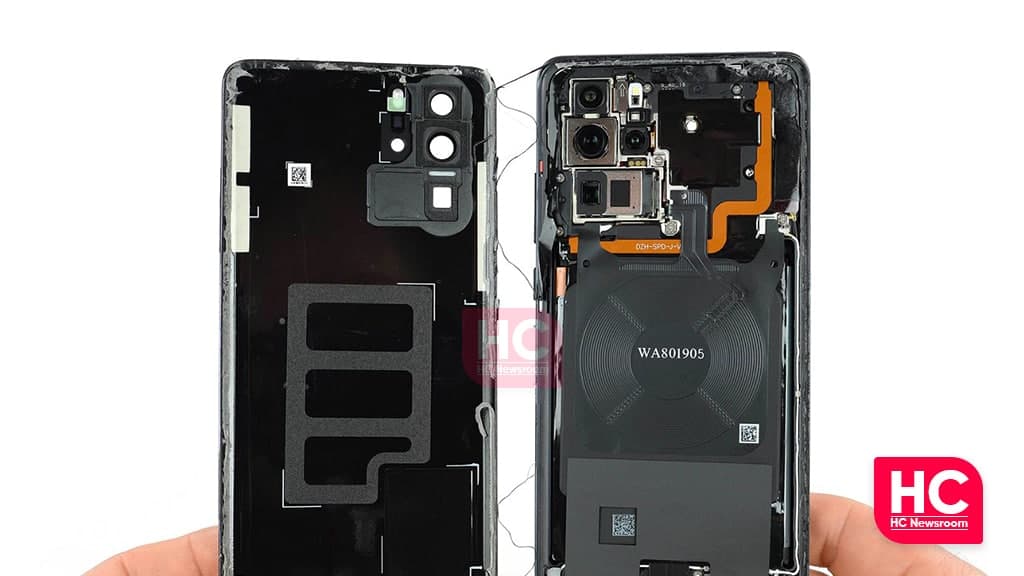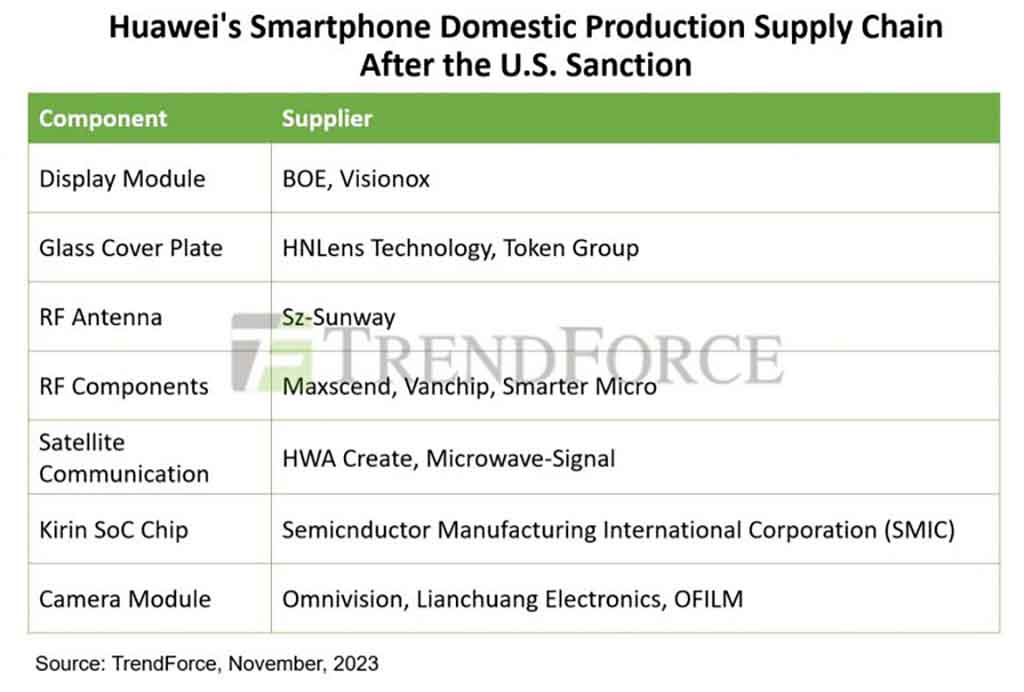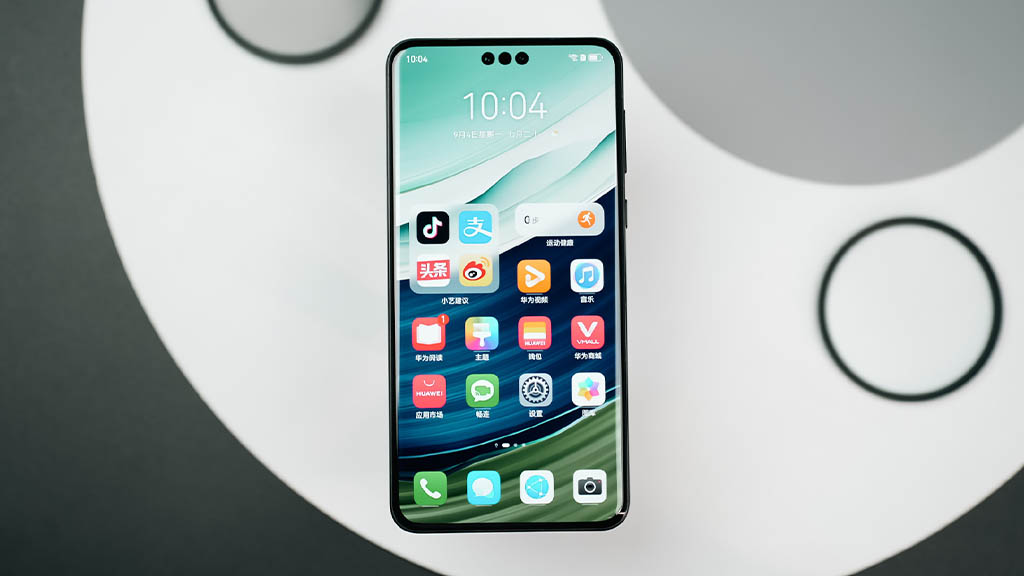Huawei
Huawei now has 90% of domestic components in smartphones: Research firm

Huawei is now operating heavily on domestic electronic components for smartphones, which now reached a staggering 90%, according to market research firm TrendForce.
The report reveals that Huawei relied heavily on foreign technologies before the 2019 sanctions. These include RF chips, baseband, memory, sensor chips, and Kirin chips produced by TSMC.
After a wide ban in 2020, Huawei shifted its policy of acquiring such components. The new approach was heavily oriented around domestic suppliers. According to the data shared by the researcher, Huawei is purchasing the following components from the respective Chinese suppliers.
- Display Module – BOE, Visionox
- Glass Cover Plate – HNLens Technology, Token Group
- RF Antena – Sz-Sunway
- RF Components – Maxscend, Vanchip, Smarter Micro
- Kirin SoC Chip – Semiconductor Manufacturing International Corporation (SMIC)
- Camera Module – Omnivision, Lianchuang Electronics, OFILM.
The research report points out that all of these components and parts combine a massive 90% of the domestic technology used in the new Huawei smartphone. However, the rest of the part is covered by DRAM tech, made by South Korean companies.

Chipset:
It’s mentioned that the new 5G chipset is one of the key technologies that Huawei has been missing for the past three years. However, the return of the Kirin 9000s allowed Huawei to offer this trending feature back to customers.
Yet, Huawei is doing this all in a discrete way without making a huge pop. So far, Huawei has not announced the official description of the Kirin 9000s on the official website alongside the smartphone.

A past report revealed that Huawei is also using image sensors from Samsung instead of Sony, its long-standing partner for smartphone camera sensor technology. However, there are no official details available on this matter for the time being, whether Huawei actually parted ways with Sony.
Conclusion:
After the launch of the Huawei Mate 60 series, Huawei has been facing severe challenges in the supply chain and new unit production. Therefore, many customers are facing a long waiting period to purchase a new smartphone.
(source)






